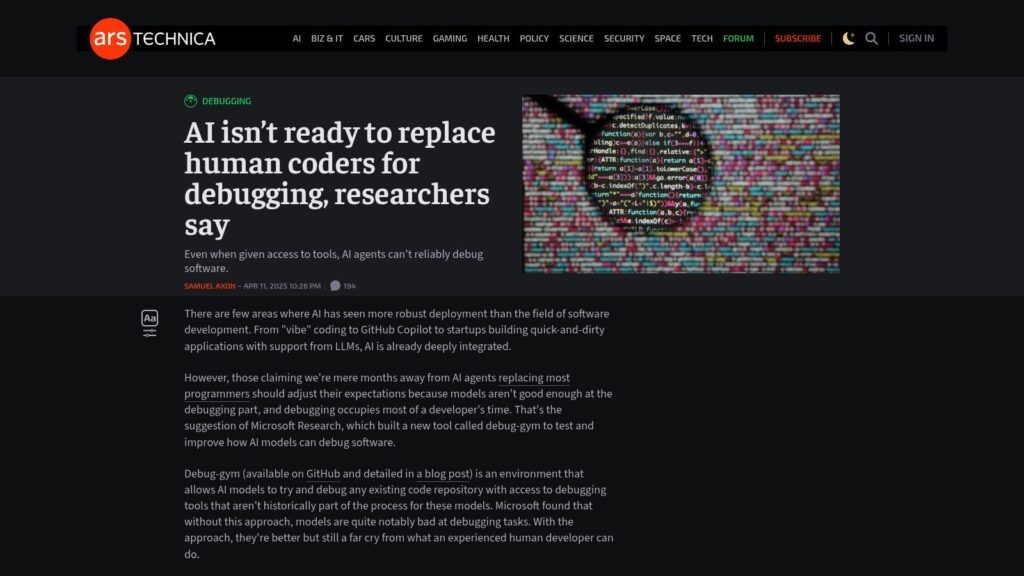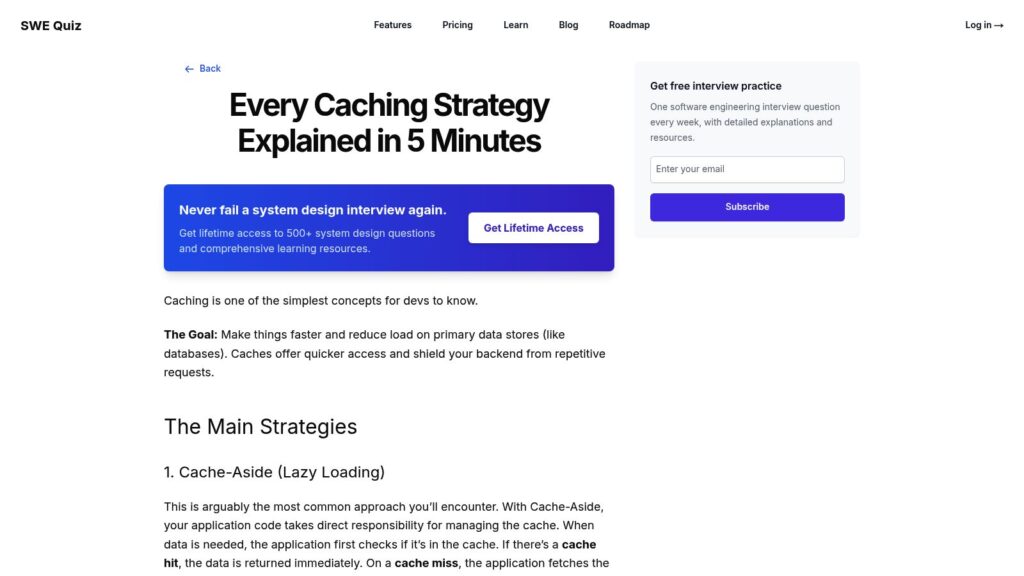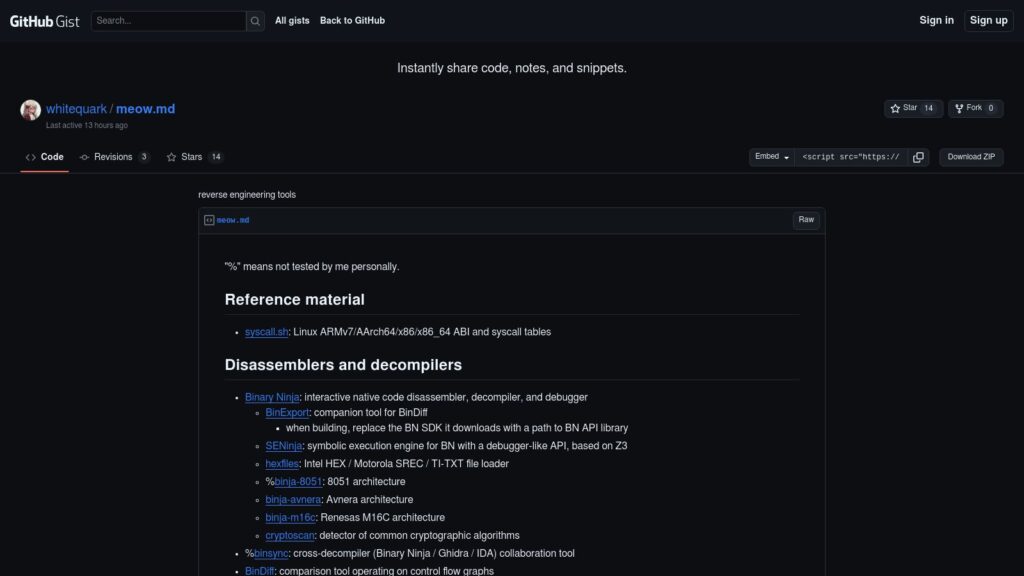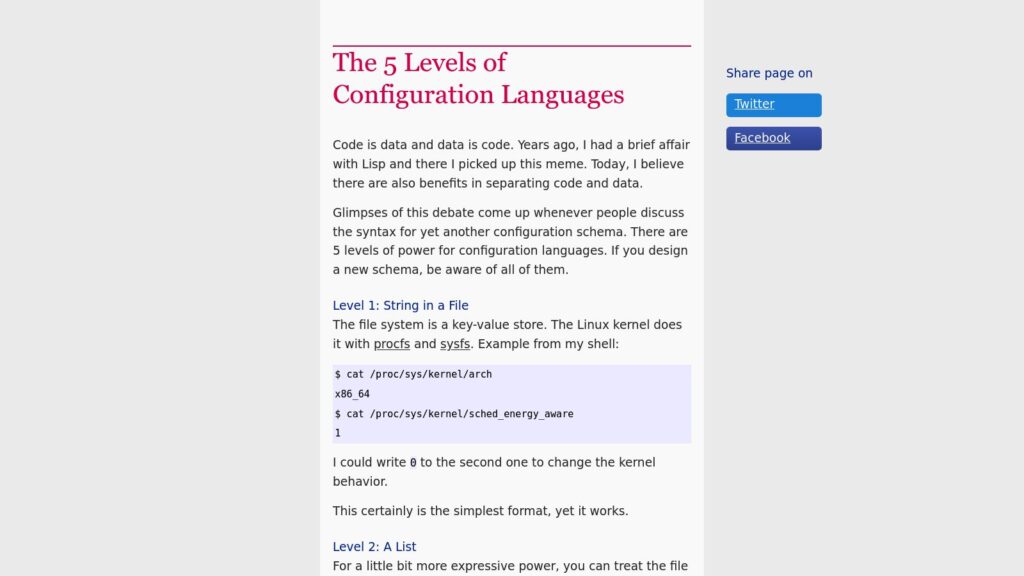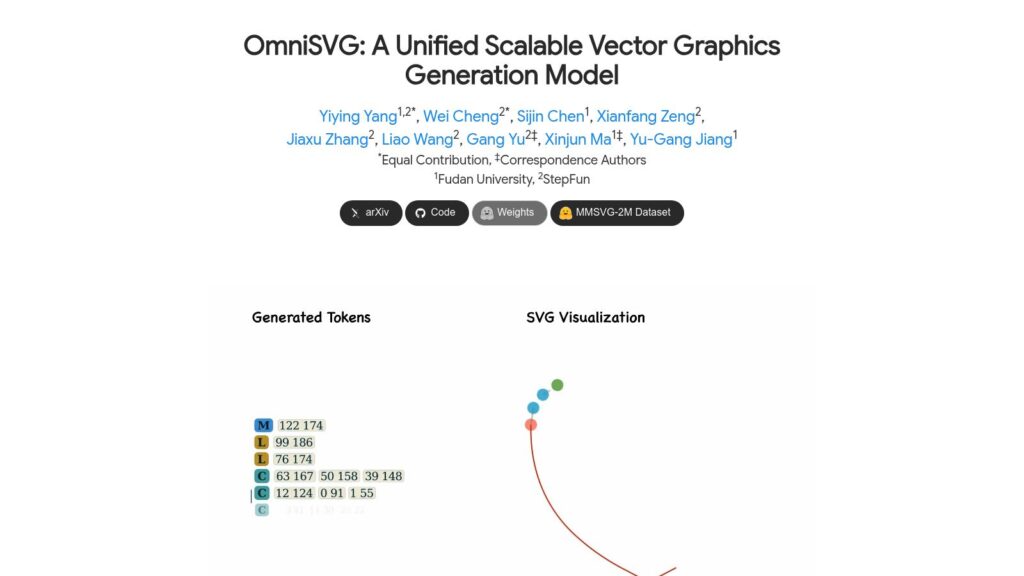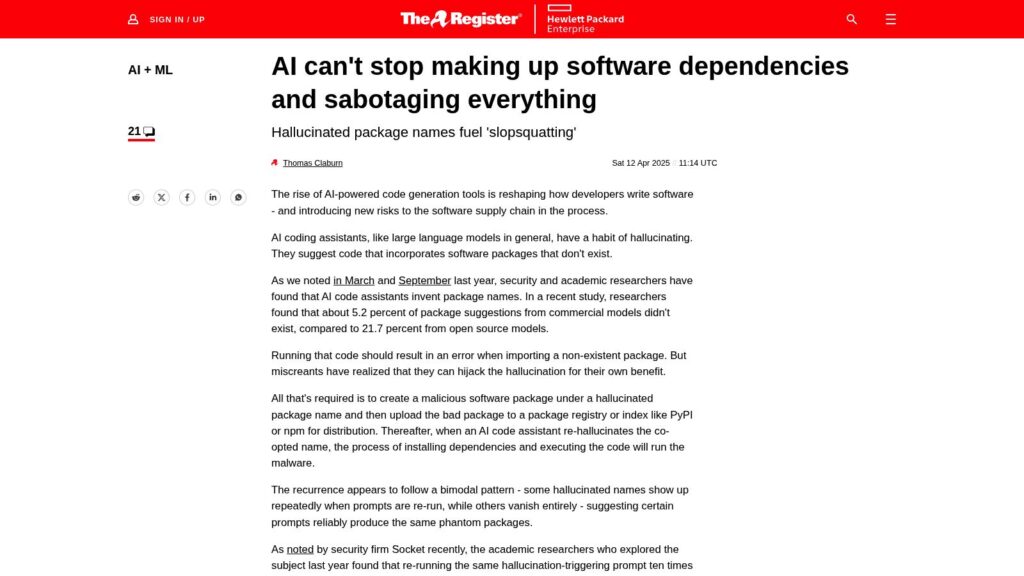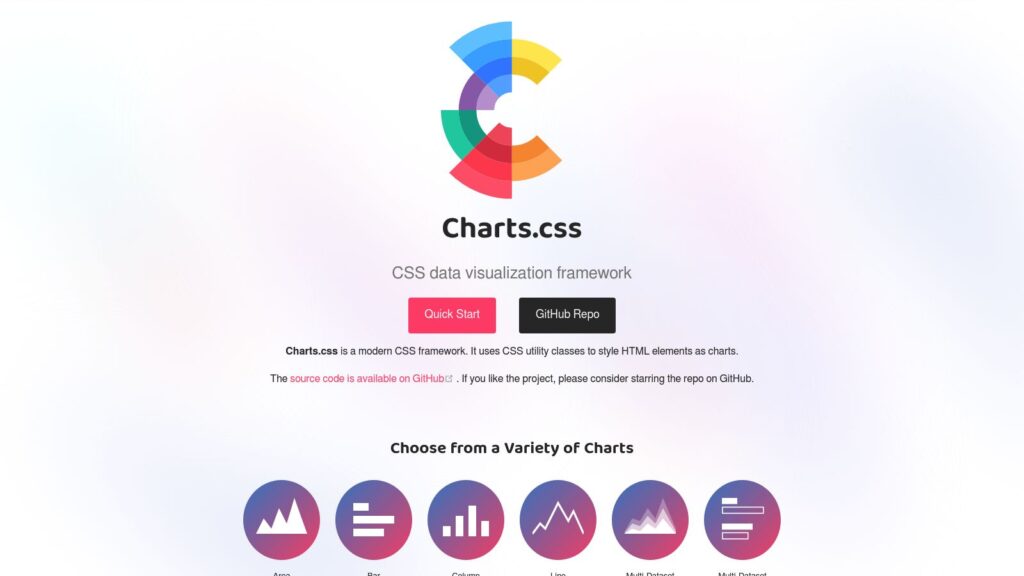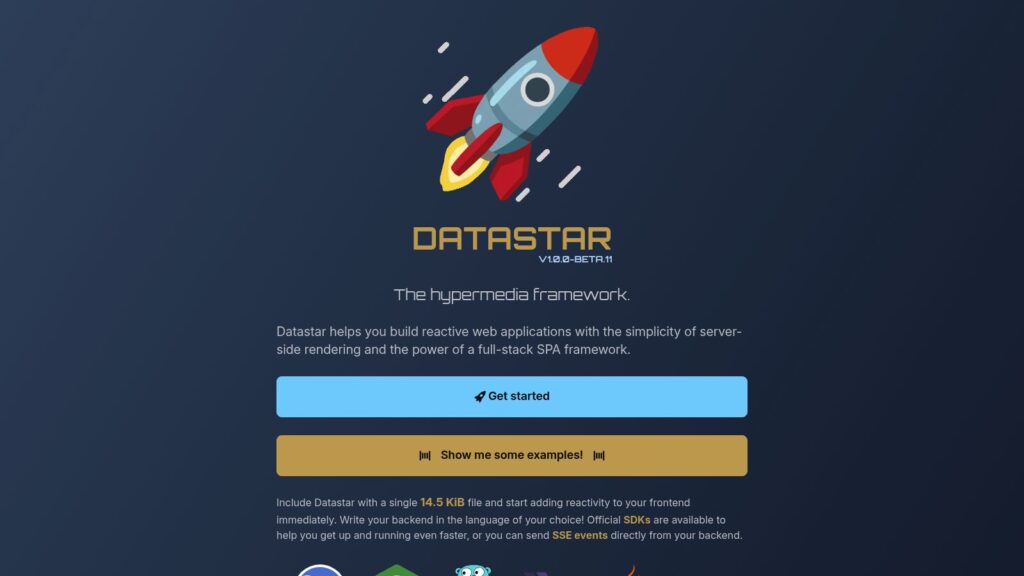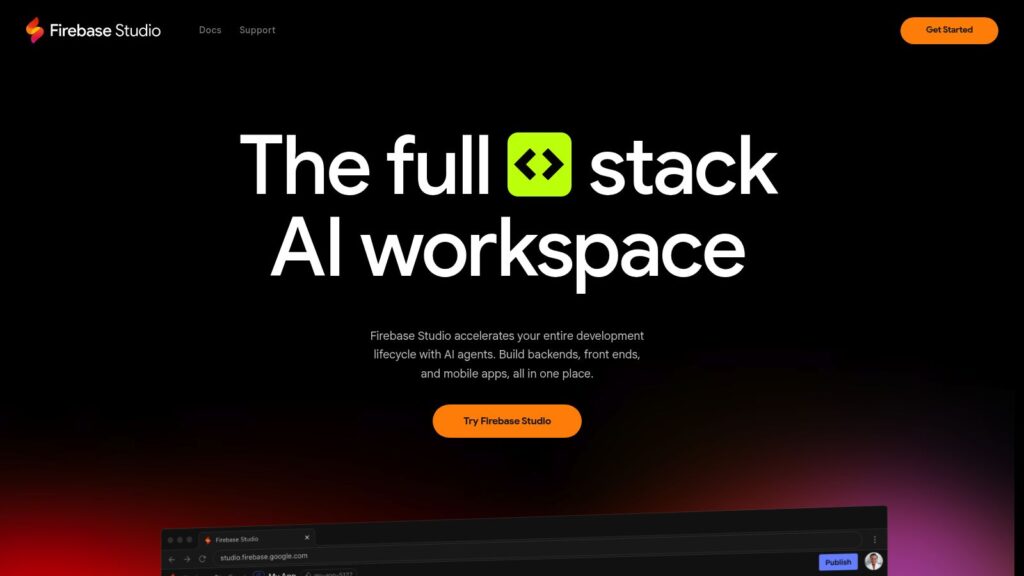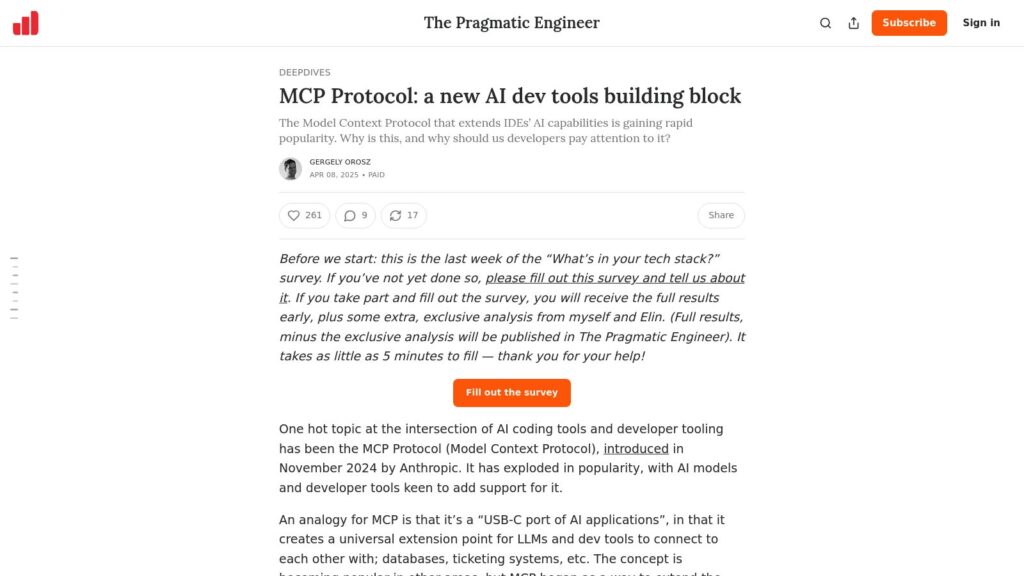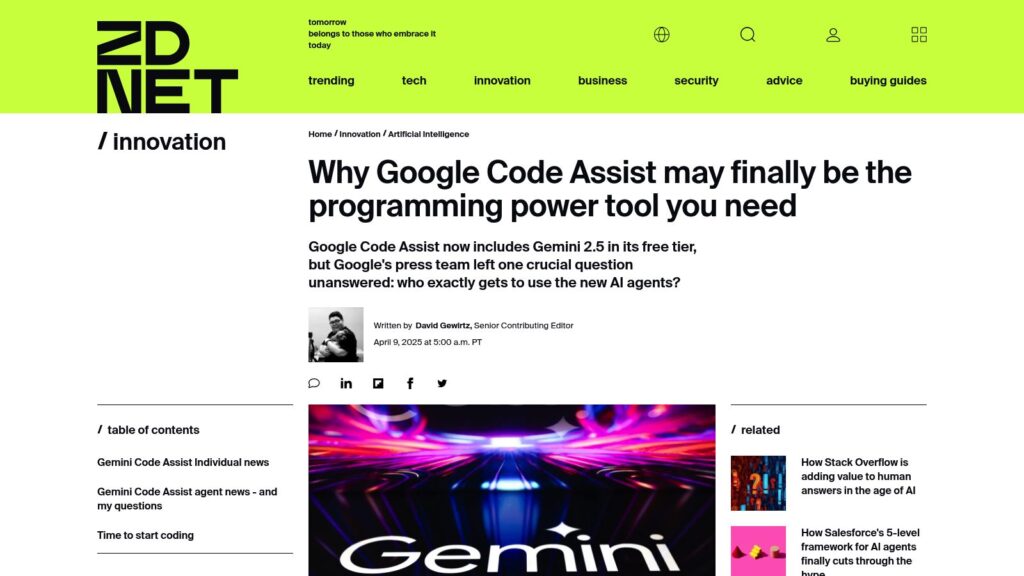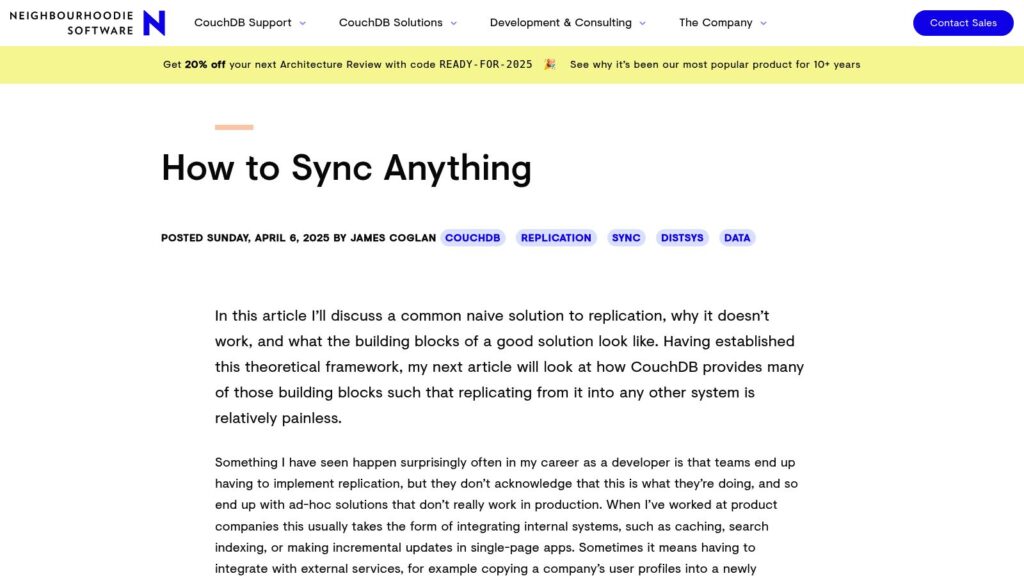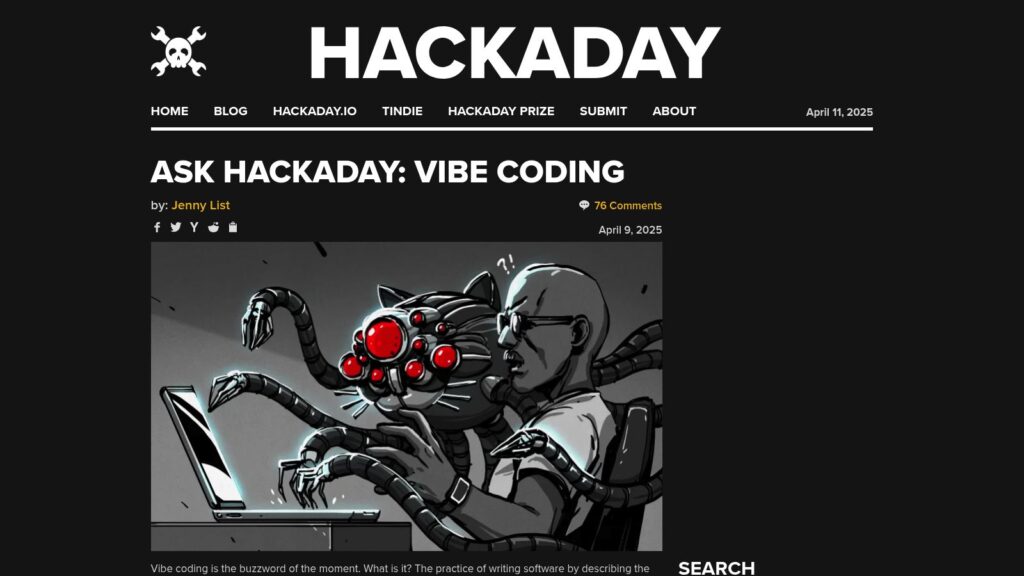AI Isn’t Ready to Replace Human Coders for Debugging, Researchers Say
AI is not ready to replace human coders for debugging, according to Microsoft Research. Testing with their tool “debug-gym” showed AI agents, even with access to debugging tools, achieved a maximum success rate of 48.4% in debugging tasks. This indicates that while AI can improve with specialized training, it still lacks the capability and understanding that experienced human developers possess. Researchers suggest future efforts will focus on enhancing AI's ability to gather necessary information to resolve bugs, rather than achieving full autonomy in programming.

